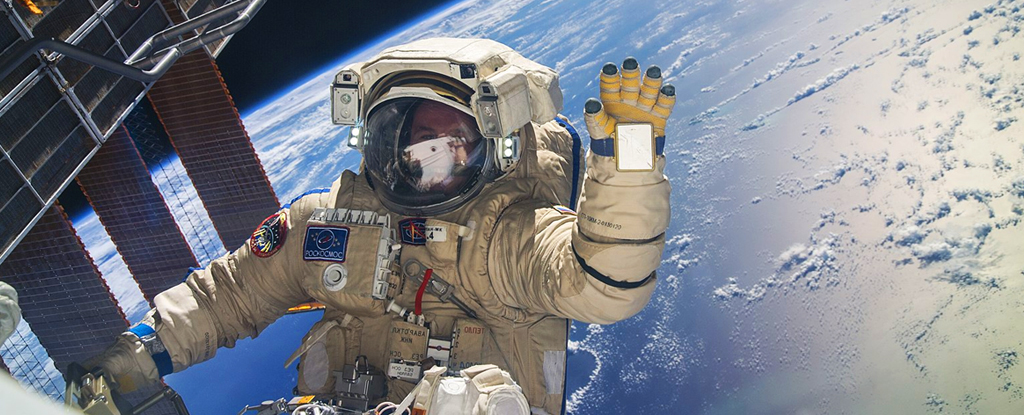By R Anil Kumar
-
Our goal is to make India a manufacturing hub for satellites, and corresponding launch capabilities: ISRO Chairman
-
Targeted for a 2028 launch, Chandrayaan-4 aims to bring back lunar soil samples to Earth
-
A detailed study and internal review for the Chandrayaan-4 mission are complete, and the cost estimate will soon be submitted to the government for approval. This mission is part of ISRO’s Vision 2047, which includes plans for India’s own space station by 2035 and sending humans to the Moon by 2040: S Somanath
New Delhi. The Indian Space Research Organisation (ISRO) has finalized the plan for building its own space station, Bharatiya Antariksha Station (BAS), and will soon submit it to the government for approval, ISRO Chairman S. Somanath said at a press briefing in New Delhi on June 26.
The final plans for Chandrayaan-4, India’s next lunar mission, which includes a crucial space docking station, and the Next Generation Launch Vehicle (NGLV), is also awaiting approval. The NGLV will replace the current heavy space launcher, Launch Vehicle Mark-III (LVM3).
“We’ve completed defining the nature of India’s space station, and the way our NGLV will look. We have worked out the configuration of Chandrayaan-4, on how to bring samples back from the moon to earth. We will test this with multiple launches, because our current rocket is not enough to go and bring back the samples,” he said on the sidelines of Indian Space Congress 2024.
“For that, we need docking capability both in Earth orbit and lunar orbit. We’re now developing capability for that— for which our mission, Spadex (space docking experiment), will do a first trial launch this year. It will be implemented in Chandrayaan-4. A project report for it, including full details, study and internal review, with cost has been worked out. This will go for government approval soon.”
A detailed report on the NGLV launch vehicle, including “its full design, configuration, architecture, production plan, realisation plan and cost” is ready for government scrutiny and approval, Somanath added.
On August 24, ISRO, under the leadership of S Somanath, successfully landed Chandrayaan-3 in the lunar south pole region. This achievement made India the fourth nation, after the US, the Soviet Union, and China, to land on the lunar surface, and the first to land on the Moon’s dark side.
Targeted for a 2028 launch, Chandrayaan-4 aims to bring back lunar soil samples to Earth. The mission will be launched in two phases, and could be key to the success of Gaganyaan, which aims to put an Indian on the lunar surface by 2040.
“We have worked out the first configuration of the BAS. This can be launched using LVM3, which is the only and heaviest rocket available to us. We’ve mentioned that the first launch of the station will take place by 2028, and to make that happen, we’ve already engineered the first module of the BAS. A separate proposal is also ready on how we plan to build BAS, what technologies are required, and its timeline and cost.”
Considering that the current facilities are “not enough”, ISRO has approached the Centre to approve a new launch complex, Somanath said. “For NGLV, the new launch complex will be a much heavier complex, weighing nearly 4,000 tons. This will require huge capacity.”
On June 26, ISRO’s commercial arm, NewSpace India Ltd (NSIL), also signed a partnership with the Australian government. According to the agreement, Australia will invest $18 million in Indian space projects.
The first mission approved under this partnership is an $8.5 million satellite launch contract for Australian firm, Space Machines. In 2026, Space Machines will launch its satellite observation payload aboard ISRO’s privatised rocket, the Small Satellite Launch Vehicle (SSLV).
While this partnership indicates external demand, internal demand remains low. On Monday, Mint reported that challenges in the funding procedure for space launches in India could stifle demand in the Indian private sector.
“Demand will come from the communications segment, which is a big satellite builder. This is why In-Space (state-affiliated nodal space promotions and authorization agency) said we need to find orbital slots and frequencies which can be given to the industry to build the satellites. This will be the first step.”
Low-Earth Orbit
ISRO and In-Space will also work with the government, and strategic entities to build a low-earth orbit (Leo) earth observation satellite constellation, which may further add to internal demand, Somanath added.
“There is so much more possibility in the area of applications. If you create applications for satellites, this will create new possibilities. For example, areas such as space timings, and fusion of earth observation and miscellaneous observations can create demand. There are some players in these fields, including GalaxEye, which will create the internal possibility of making satellites in India.”
Manufacturing In India
“Our goal is to make India a manufacturing hub for satellites, and corresponding launch capabilities. Today, launchers building in numbers is possible in India. It hasn’t happened because if you build launchers, you should be able to launch them in quick succession. This is a challenging question—should we build the rockets and keep waiting for long durations, or should we build only after satellites are seen?”
India’s space sector was privatized in 2020, spurring the development of multiple space start-ups and launch vehicles. A section of experts claimed that within five years, India may have over 80 small rockets, including the SSLV and rockets from private start-ups like Skyroot Aerospace and Agnikul Cosmos, available for launch each year.
To address this supply, domestic demand will be key. Pawan Goenka, Chairman, In-Space, told Mint that the Centre is already considering steps to build demand, but the scale-up will also depend on the “commercial potential of satellites and satellite services in the coming years”.



















Discussion about this post